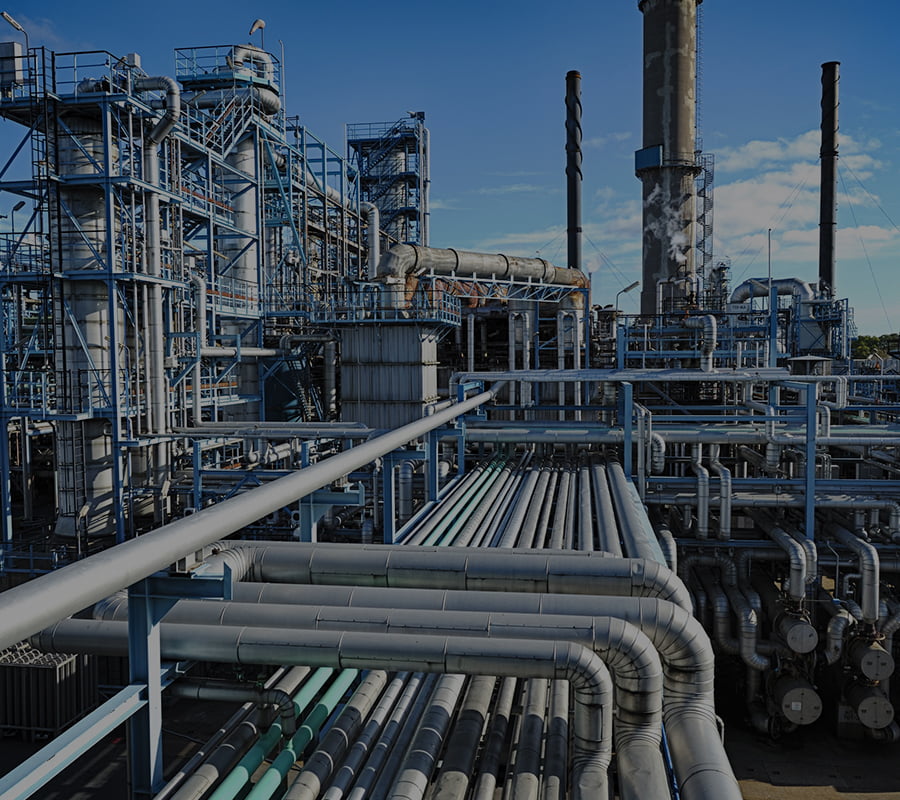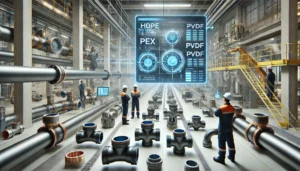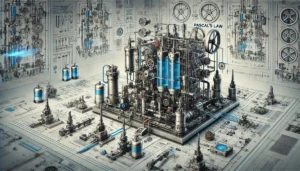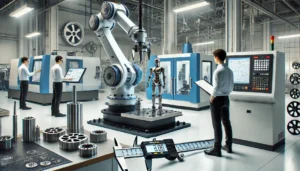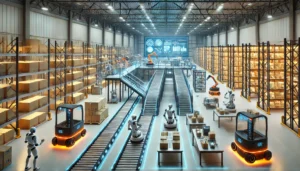Undoubtedly, the safety of pipelines is paramount considering the huge investments involved spanning across oil and gas, water distribution, and chemical processing industries. Any leak in a pipeline can result in massive losses, environmental tears and cause potential harm to humans. It is important to invest a great deal of time and resources into creating efficient systems that facilitate detection and prevention as they enable smooth operations and are also beneficial to the environment.
This blog explores modern technologies and strategies, such as smart sensors and pigging systems, that help detect and prevent pipeline leaks effectively.
Why is it Important to Identify and Prevent Pilot Pipe Leaks?
The risk arising from the leaks poses a high industrial and environmental threat. Loss of product, contaminating nearby areas, and creating dangerous environments to name a few. For example oil pipeline leaks in Russia in 2020 resulted in over 21000 tonnes of crude rivers to be extracted and placing them in the Arctic putting a liftime of damage on the environment along causing a major operation to begin.
Being able to spot a leak at an earlier stage can help in containing the threat while also ensuring a smooth operational performance without costing the economy major damages. With the advancements in technology detecting the problem and responding immediately has now become a possibility which in turn makes carrying out the operations to be more trustable.
New Innovations Concerning The Leak Detection Technologies
1. Added Features Of Sensors
The heavy reliance on Oil and Gas Exploration worldwide has made Smart sensors the envy of the market. Information in relation to the amount of pressure, temperature, and even the velocity of the oil and gas flow is made easily accessible by these sensors. Then again, this also means that smart sensors are equipped and able to inform the operator about any major changes in conditions, that could lead to an outbreak, including drastic shifts in pressure as well as changes in the flow velocity and other such parameters rather easily.
With time, these sensors are likely to expand their repertoire, and more advanced and versatile sensors, such as fibre optic sensors which are embedded along the pipeline are already in use. A combination of these two systems has proven to be effective in more ways than one, including improving the detection of leaks, and irregularities among multiple other sensory parameters.
An apt example would be how a US-based pipeline operator deployed smart sensors that were integrated with their cps thus effectively reducing the probability of undetected sensor breaches by eighty percent.
2. The Role of the Pigging Systems
Pigging systems proves to be crucial in ensuring that the quality and integrity of the pipeline is maintained. The significance cannot be downplayed as Pigging systems are used to detect cracks, corrosion and perhaps even obstructions that oil or gas pipelines suffer from. The harsh environment which the pipelines operate in means their effective monitoring is a must, and modern Pigging systems equipped with advanced sensors and visual instruments give an insight into how the pipelines are functioning.
Furthermore, intelligent pigs equipped with magnetic and other sensors are able to easily identify potential points of rupture among multiple other things inside the pipeline. Detecting corrosion internally, which is one of the main reasons for oil and gas pipeline ruptures, has been made possible due to their widespread use.
Example: They have added technology to safeguard offshore oil pipelines. In this case we refer to the use of intelligent devices called smart pigs, which have helped in the early detection of micro-cracks on the pipelines.
3. Acoustic Monitoring
Acoustic monitoring leak detection systems actively listen for abnormal noise within the pipeline and anywhere along its route. Leaks have a distinct sound which can be picked up through the use of specialized microphones or hydrophones.
This approach is very advantageous as it is particularly effective for determining the leak points in high pressure pipelines such as those used in natural gas. Acoustic monitors track changes in frequency in spaces at close range, in real time.
4. Drone-Based Inspections
There are many more drone models being introduced on the market that come equipped with thermal imaging cameras and gas detecting sensors which helps to inspect pipelines. They are useful for pipeline surveillance in regions that are hard to access. One can easily find leaking fluids with the use of a thermal camera while hydrocarbons or any other deleterious gases may be found using a gas detector;
Example: In Canada, a case is reported in which a pipeline company used drones to check over 2,000 km of pipeline in a year, thereby bringing down its leakage detection time significantly.
5. SCADA Systems
A SCADA system includes various technologies used in monitoring and consequently provides users with remote access and control at the same time. The SCADA system automated alarming not only measures all operating parameters on a pipeline, but also oversees the hiding of some result values which may indicate a leak.
Predictive SCADA analytics coupled with machine learning algorithms serve to predict leaks and other failures to perform remedial actions before intervention.
Prevention Measures For Pipe Leaks
Pipelines can be efficiently monitored with the help of detection technologies, however, every possible preventive measure should be taken in order to protect them. Nowadays, prevention methods rely on sound engineering principles coupled with effective maintenance practices to minimize leaks’ chances.
Maintenance Practices
Regular maintenance practices with the use of pigging systems or other visual methods are essential for detecting abuse at the earliest possible moment. The damage from corrosion, cracking, or blockage should occur before works in the designed working environment.
Corrosion Control
On the pipeline industry, one of the acknowledged major reasons of pipe leaks is corrosion. Methods including cathodic protection system, application of a coating or use of corrosion resistant materials can greatly help in corrosion preventing factors which lead to pipe leakage.
Pipelines Stress Management
Pipelines should be able to work under their designated stress factors. The excessive stress can lead to bursting and leaking of materials. The use of automatic pressure regulating device, and constant monitoring of pressure levels in the pipes will help contain the material within the desired stress levels.
Correct Choice of our Materials
In the processes of constructing pipelines, the correct materials’ preference can increase the lifespan of the constructed pipeline and its ability to resist leaking. For instance, constructing pipelines made if stainless steel or composite materials in a corrosion environment minimizes the corrosion of the material.
Real-World Impact of Effective Leak Detection and Prevention
In many cases, the potential consequences of a leakage or spillage events can be reversed, for these reasons industries have made huge investments into their leak detection and prevention systems and these investments have saved industries billions over the years.
Case Study 1: In 2019, European resourcers managed to prevent a crisis in their gas supply after fiber sensors pinpointed a minor leak in the pipeline. The source of the leak was thermal expansion and it was fixed in a matter of hours.
Case Study 2: Water utility in Australia who used smart pigs on their pipe line managed to decrease their failures by a whopping 40%.
These examples explain why investing into world class technologies and preventing strategies for pipeline safeguarding is very integral and vital.
Conclusion
One of the integral aspects of a civilization is the infrastructure and the absolute worst thing would be for the infrastructure to crumble, for this reason safeguarding pipelines is imperative. Advanced technology such as smart sensors, pigging systems and drones have to an extent changed leak detection systems and the importance of these cannot be understated, as they allow rapid responses to potential leakages or spills which cut down on the damage that could be done. Also to that end, long-term planning in terms of routine up keeps, regular maintenance schedules and pressure management is put into place for enhanced pipeline safety.
Pipelines have always been a prevalent way of transporting natural gases and oils from one place to the other. But many times these pipelines have been broken, shattered and have leaks in them too which causes immense damage to the environment. Huge crises have erupted when it comes to these resources as numerous countries have been unable to sufficiently cater to the demands of their people. This is why it is essential to invest in advanced leak detecting systems and other technologies so risks can be minimized and environmental safety can be achieved.

